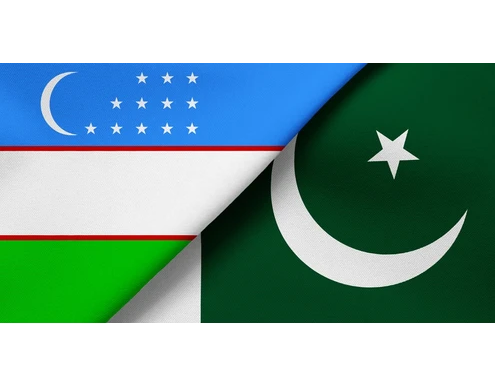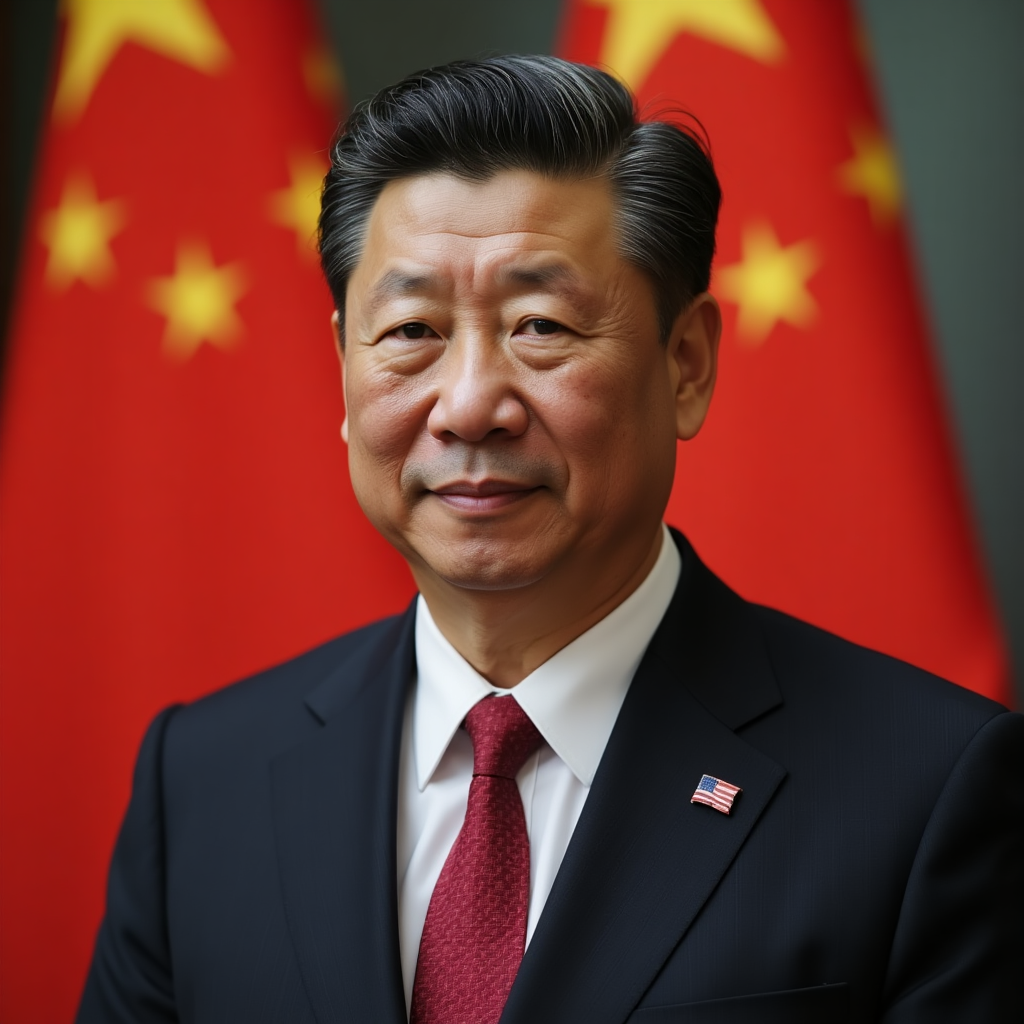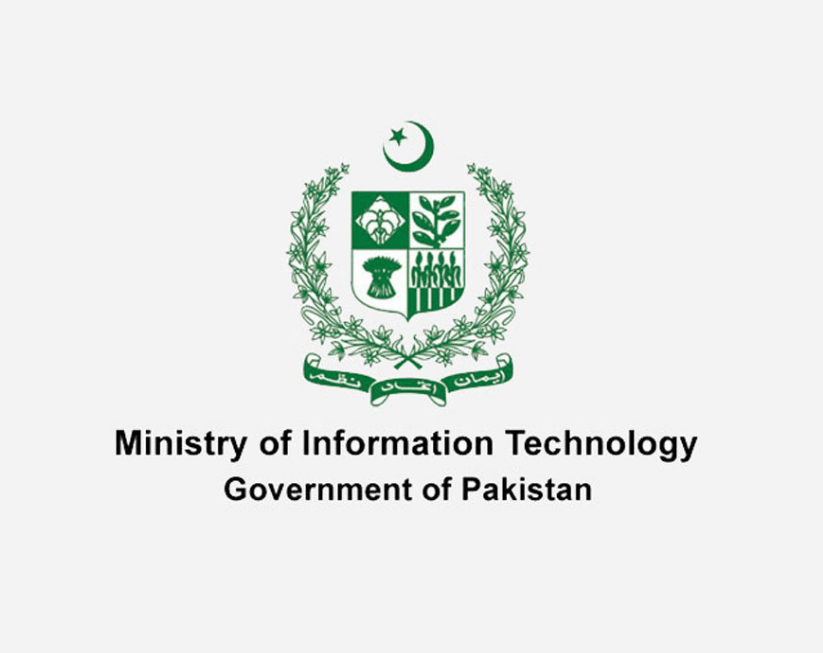Pakistan–Uzbekistan Trade Skyrockets to $404M
Key Developments in Pakistan–Uzbekistan Economic Ties
Explosive Trade Growth & Investment (2025)
- Trade between Pakistan and Uzbekistan has surged from $122 million to $404 million by August 2025, with $320 million in investment recorded so far—significantly exceeding previous years and signaling robust growth.
- As part of broader plans, both nations aim to scale bilateral trade to $2 billion in the near future.
- The uptrend is evident in long-term figures too: trade rose nearly elevenfold from $36.2 million in 2017 to $403.9 million by 2024, with Uzbekistan exports to Pakistan up 29.5 times and Pakistan’s exports quadrupling.
Special Investment Facilitation Council (SIFC)
- The SIFC, established in June 2023, functions as a “single-window” mechanism to fast-track large-scale investment, including from friendly nations, with emphasis on sectors like IT, agriculture, energy, mining, and defense production.
- The Ministry of Foreign Affairs also created a dedicated SIFC & Economic Diplomacy Division to support trade, investment promotion, and ease of doing business.
Special Economic Zones (SEZs) & Sectoral Expansion
- Uzbekistan reaffirmed its commitment to establish special economic zones offering tax incentives for Pakistani investors, currently covering 18 industrial zones in sectors such as textiles, agro-processing, leather, and food.
- To boost trade, both governments plan to ramp up B2B meetings, trade fairs, and single-country exhibitions. There’s also a proposal by Multan Chamber of Commerce for warehousing facilities for Pakistani exporters in Uzbekistan.
Connectivity: Direct Flights & Visa Streamlining
- Three direct flights between Pakistan and Uzbekistan have launched, and the business visa process has been reduced to just three days, enhancing ease of business travel significantly.
- In early 2025, the “Made in Uzbekistan” exhibition in Lahore resulted in 181 trade agreements valued at $500 million, alongside a portfolio of 15 joint projects worth $186 million. These covered sectors such as textiles, leather, electricals, pharmaceuticals, construction materials, and agri-industrial goods



